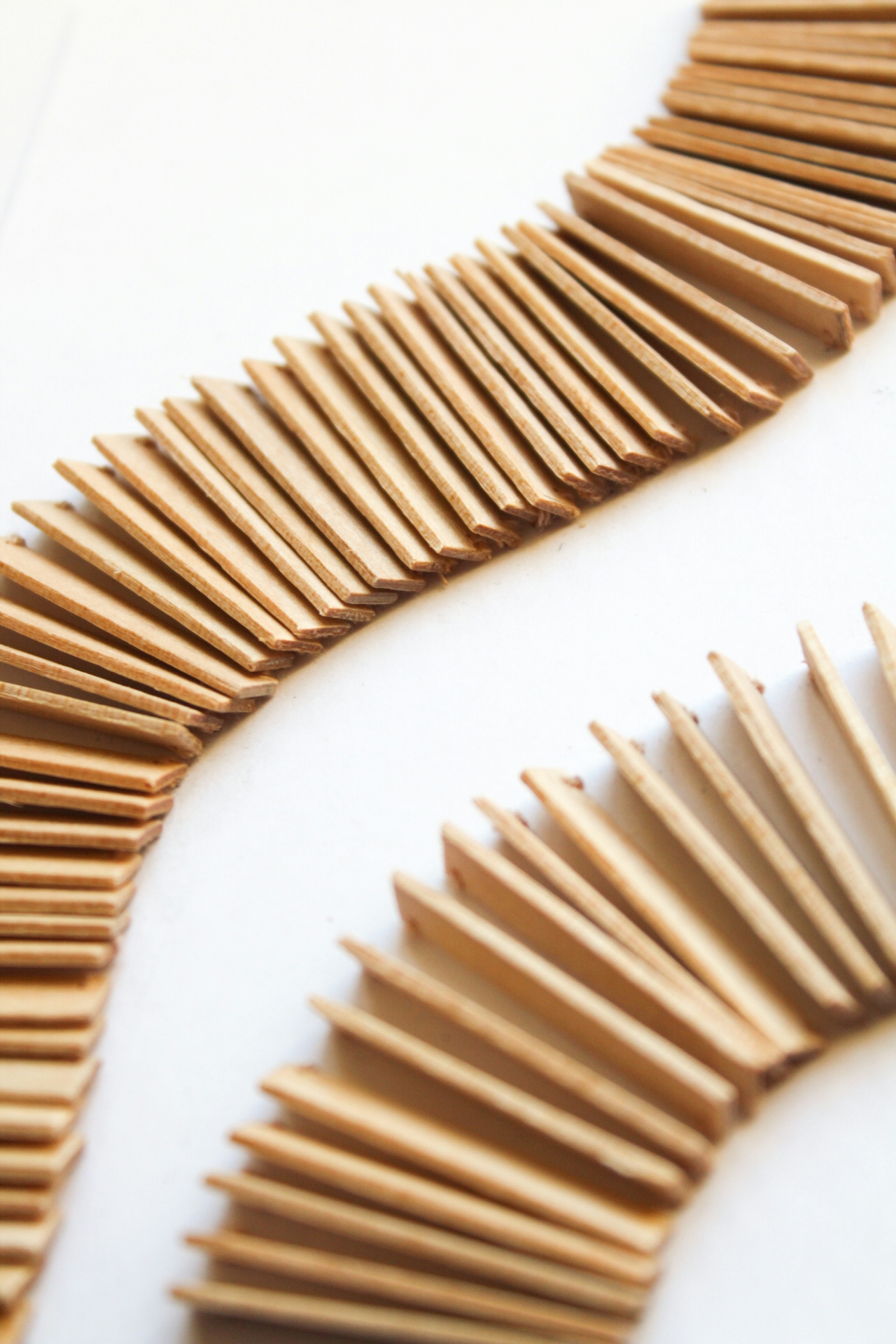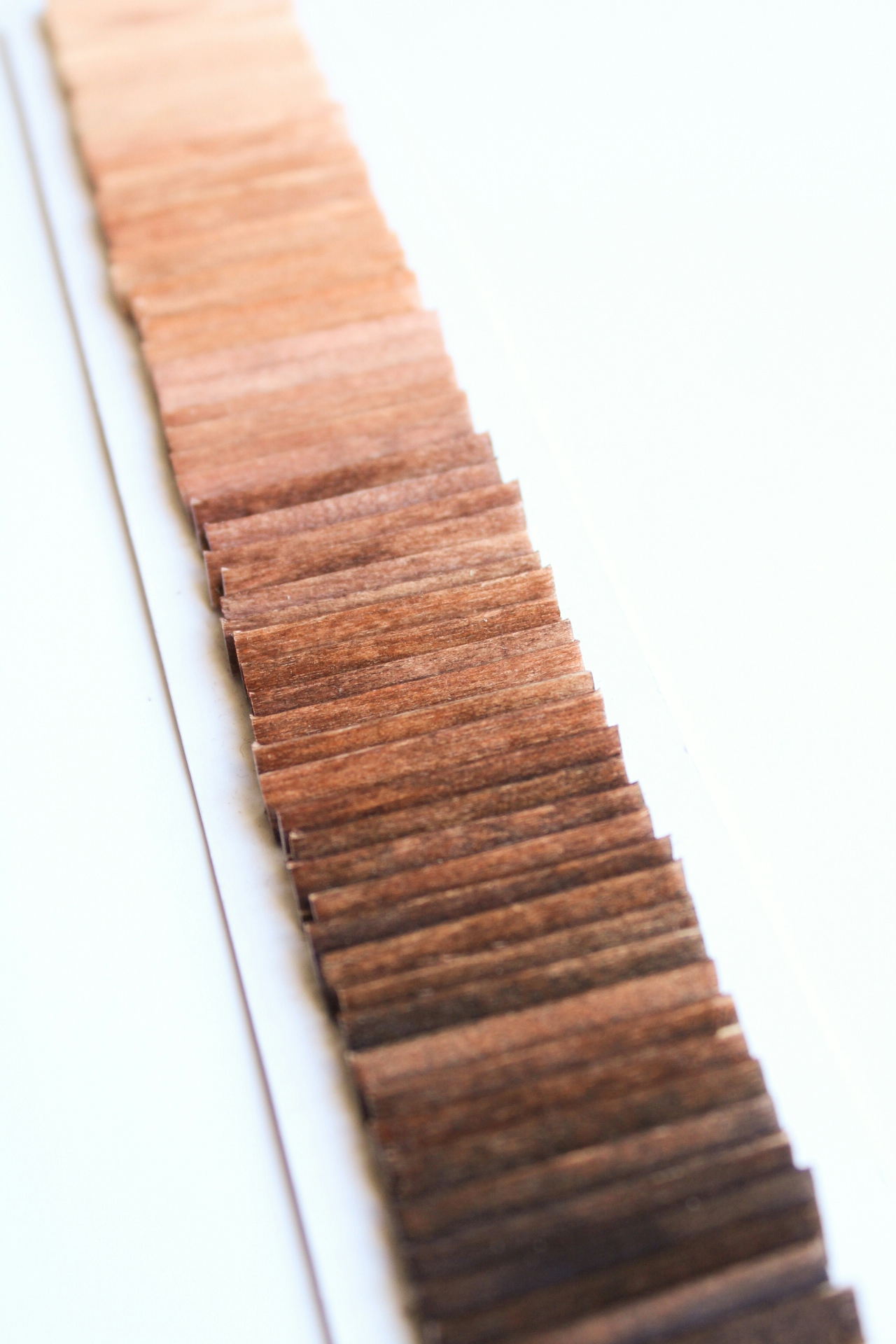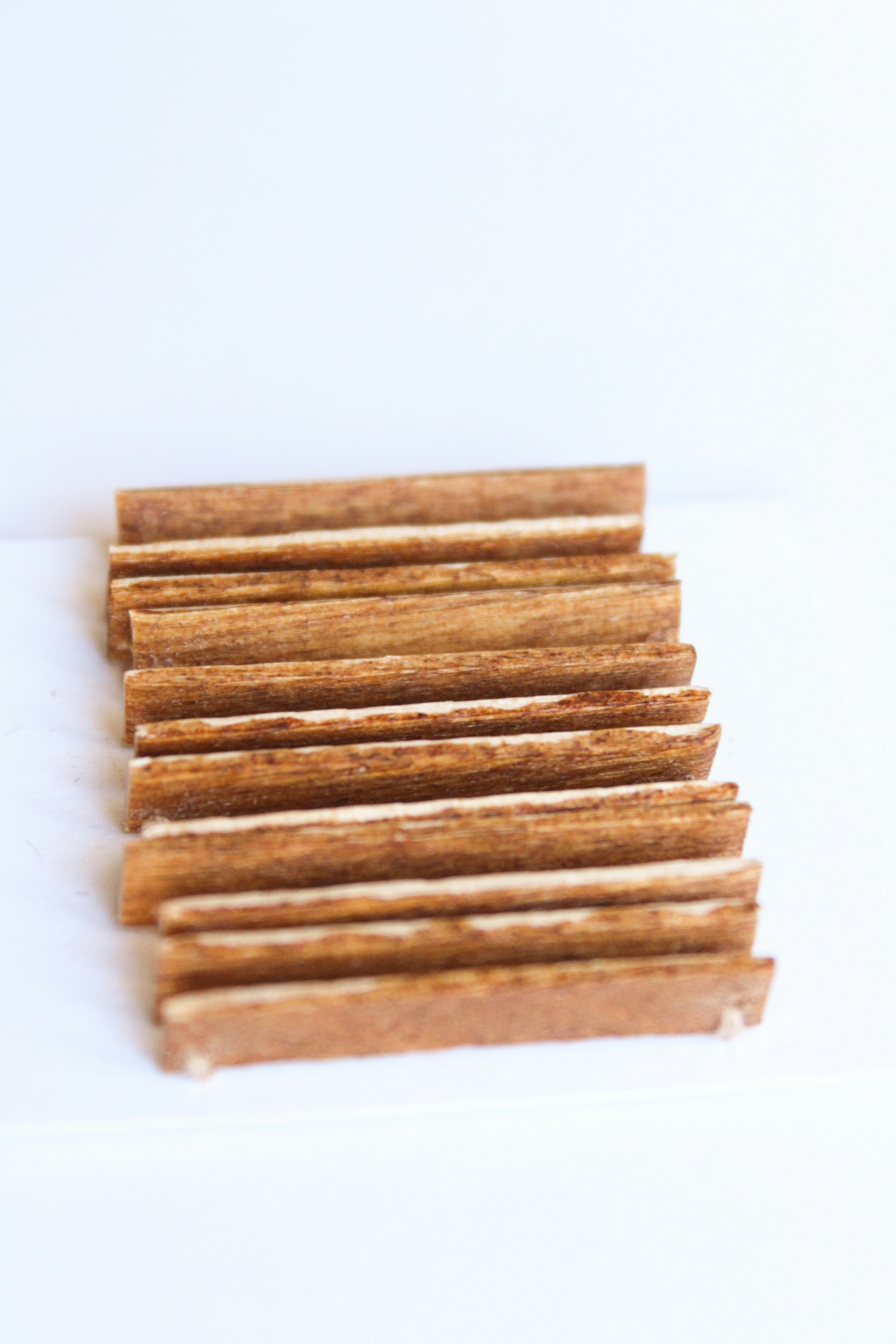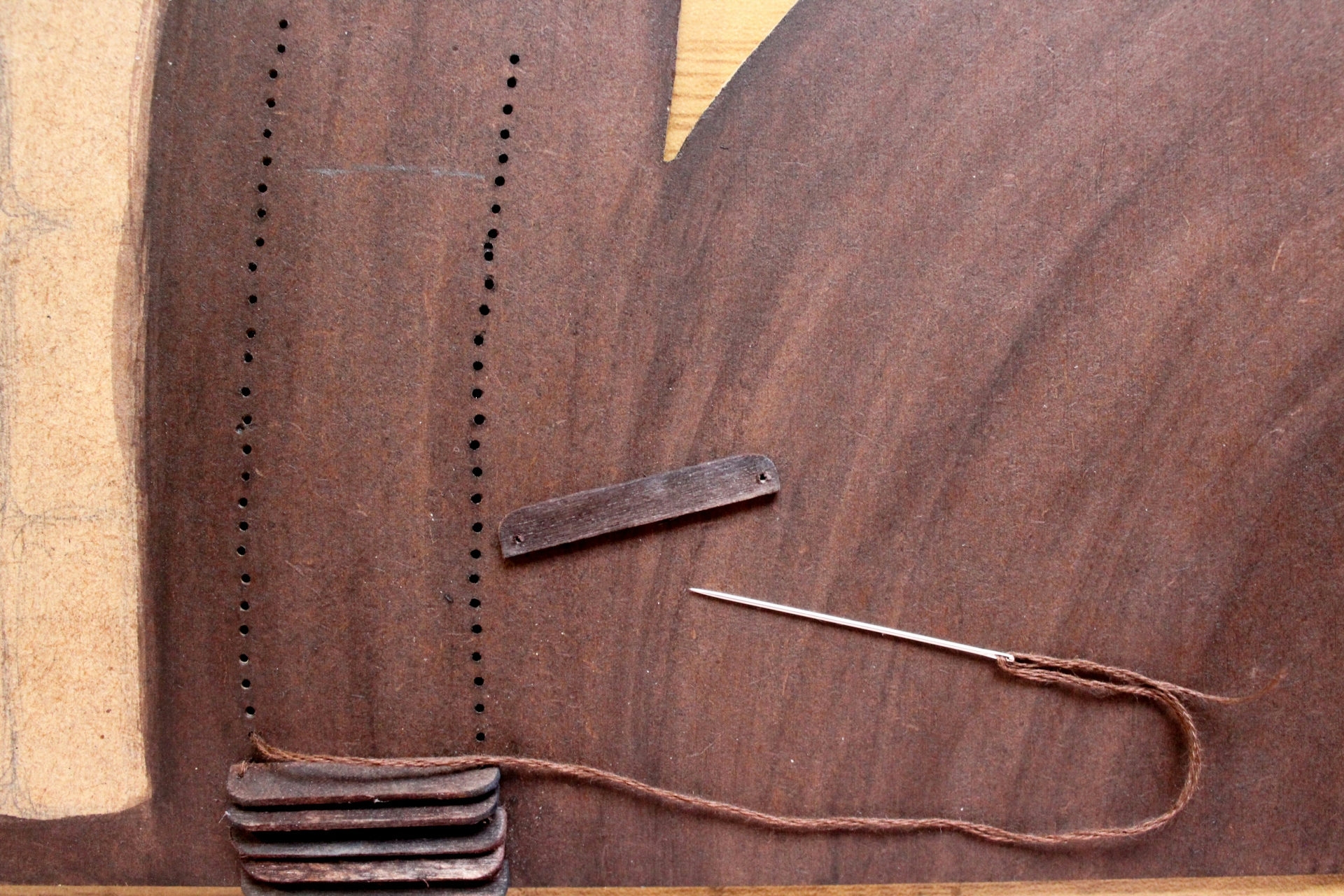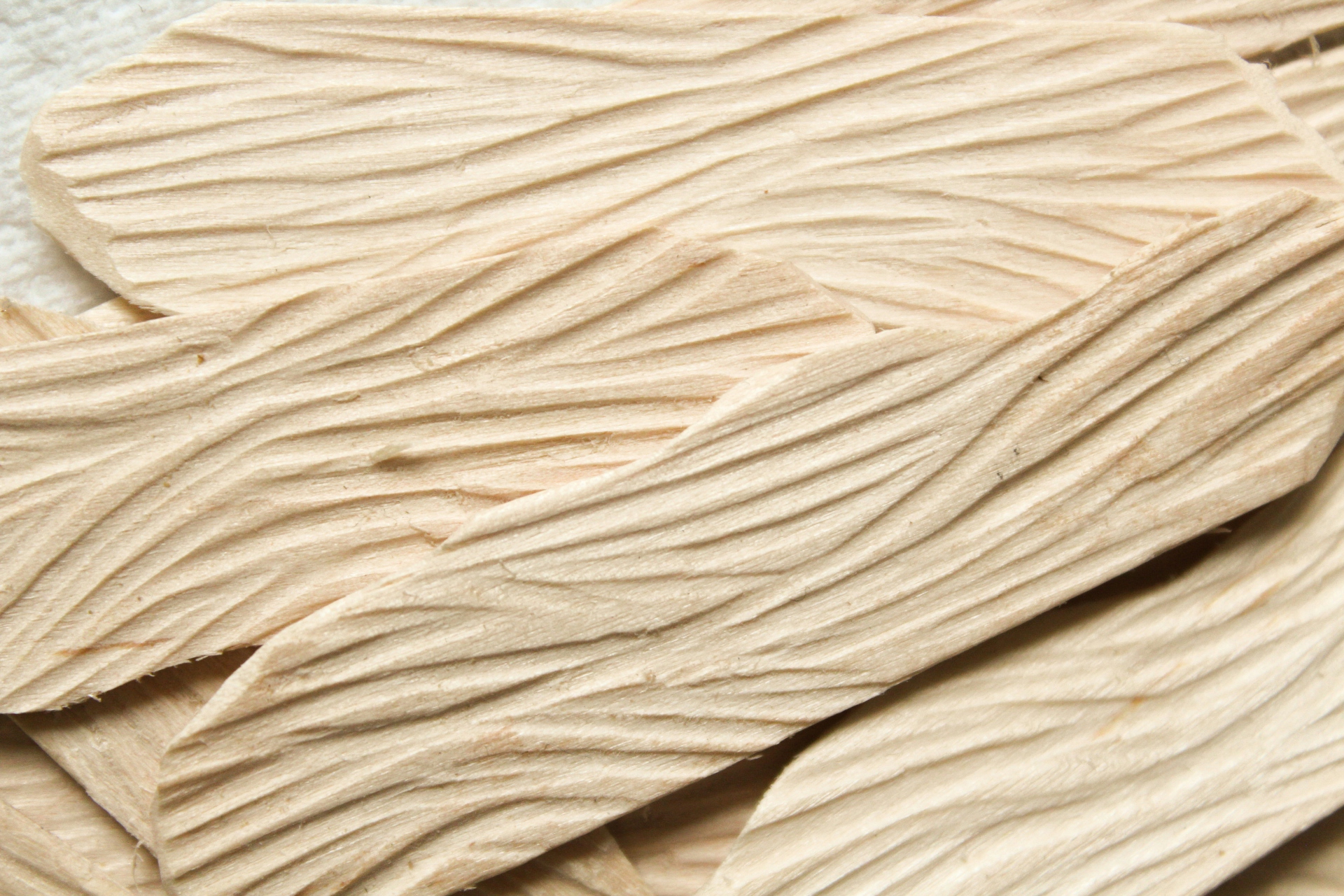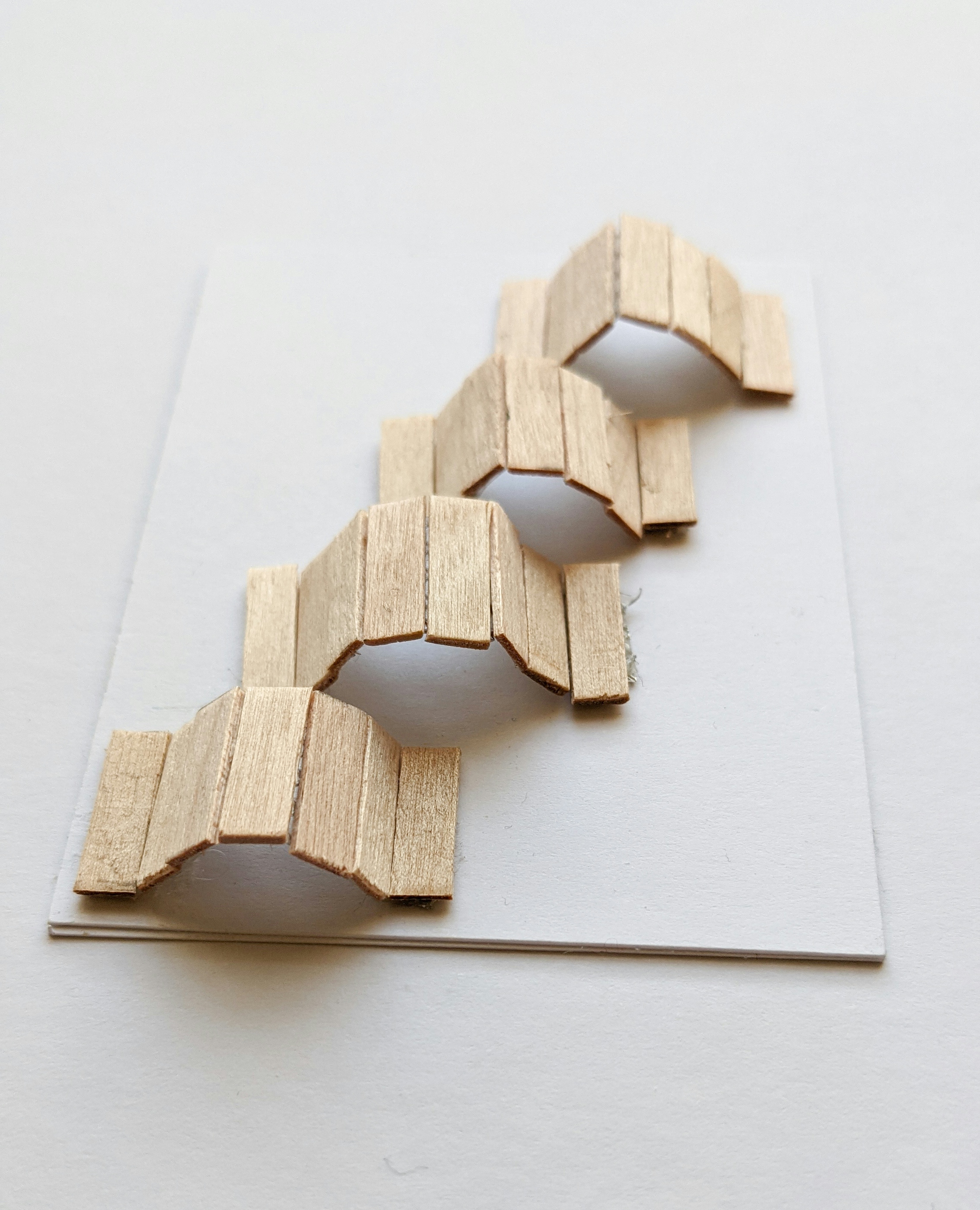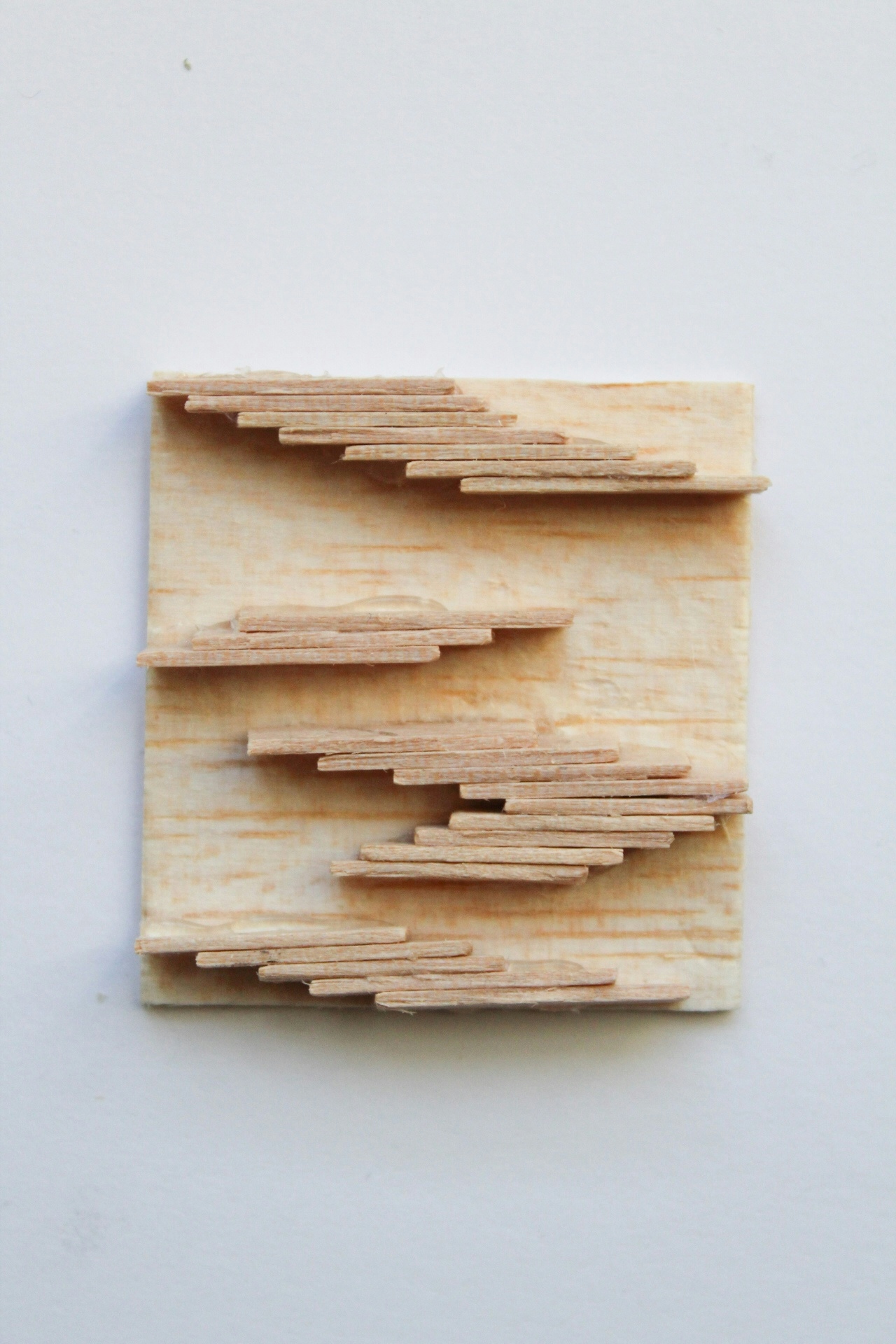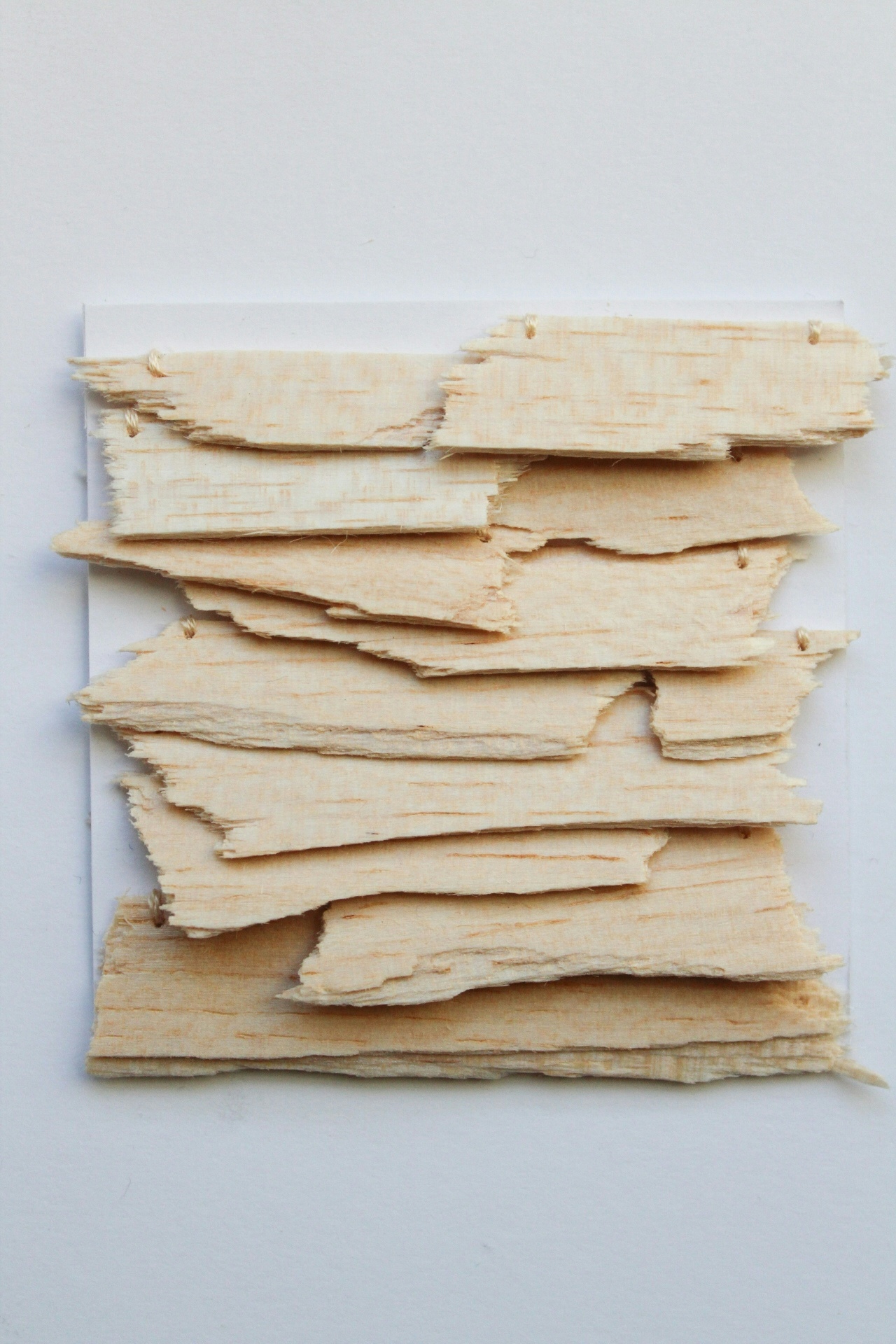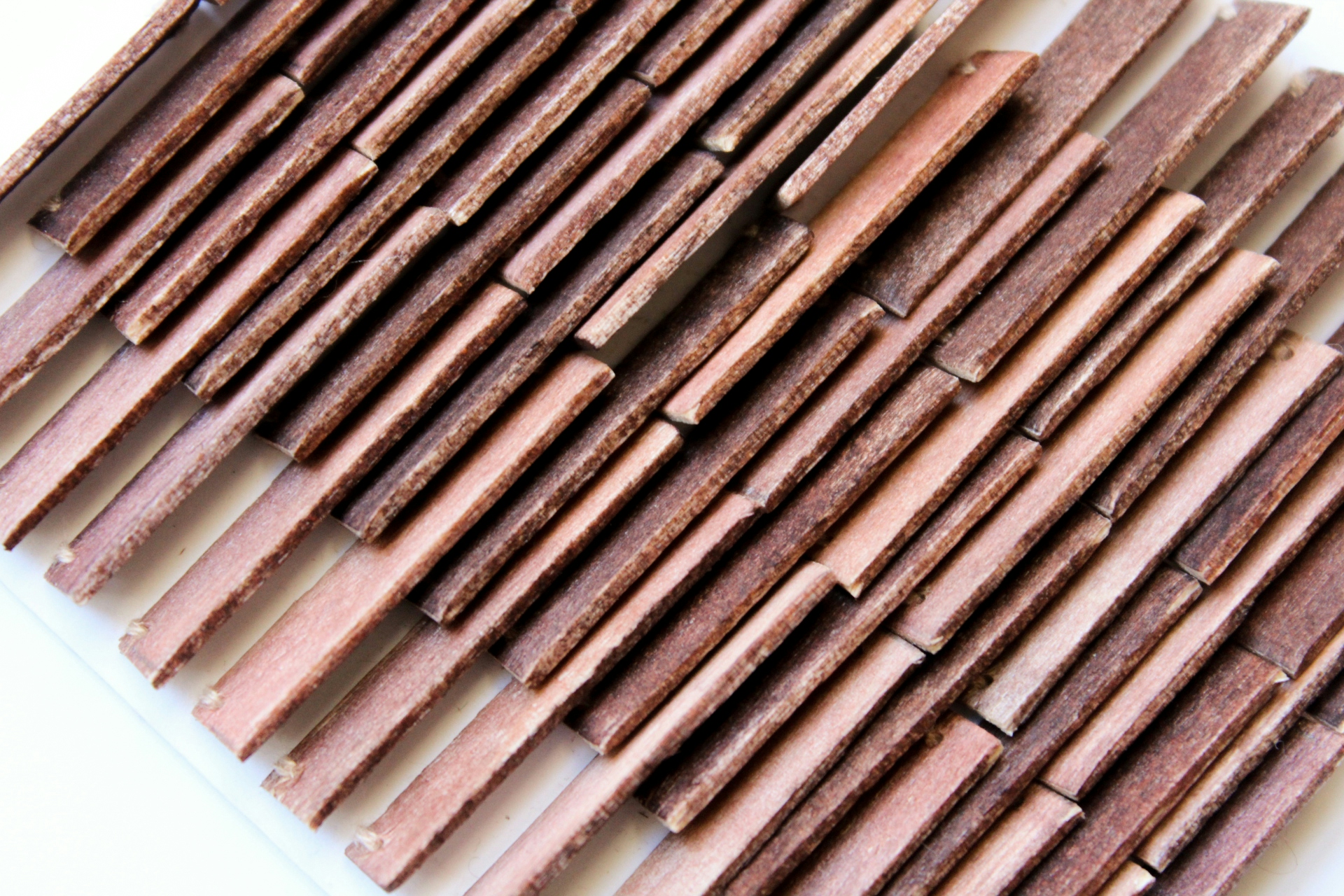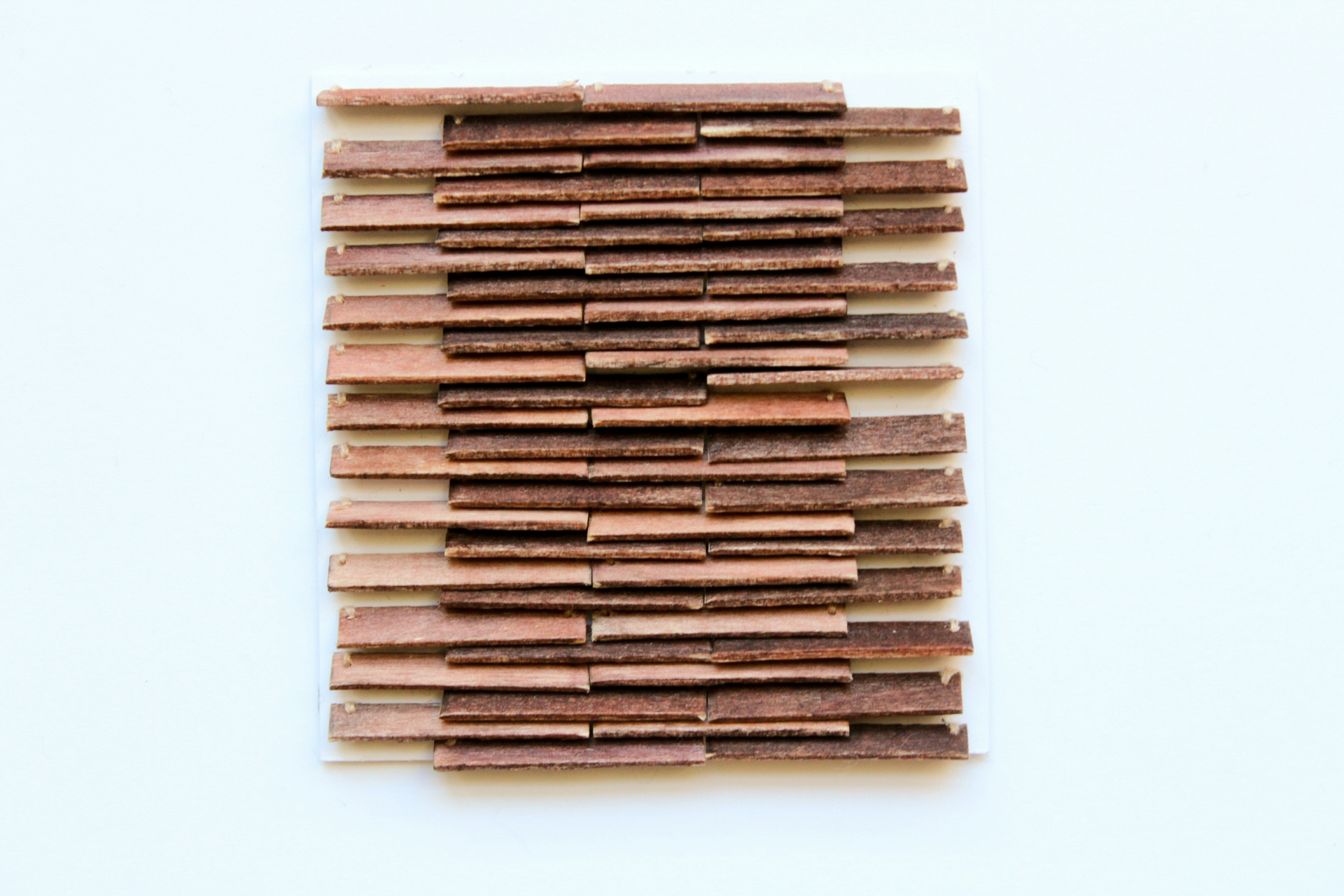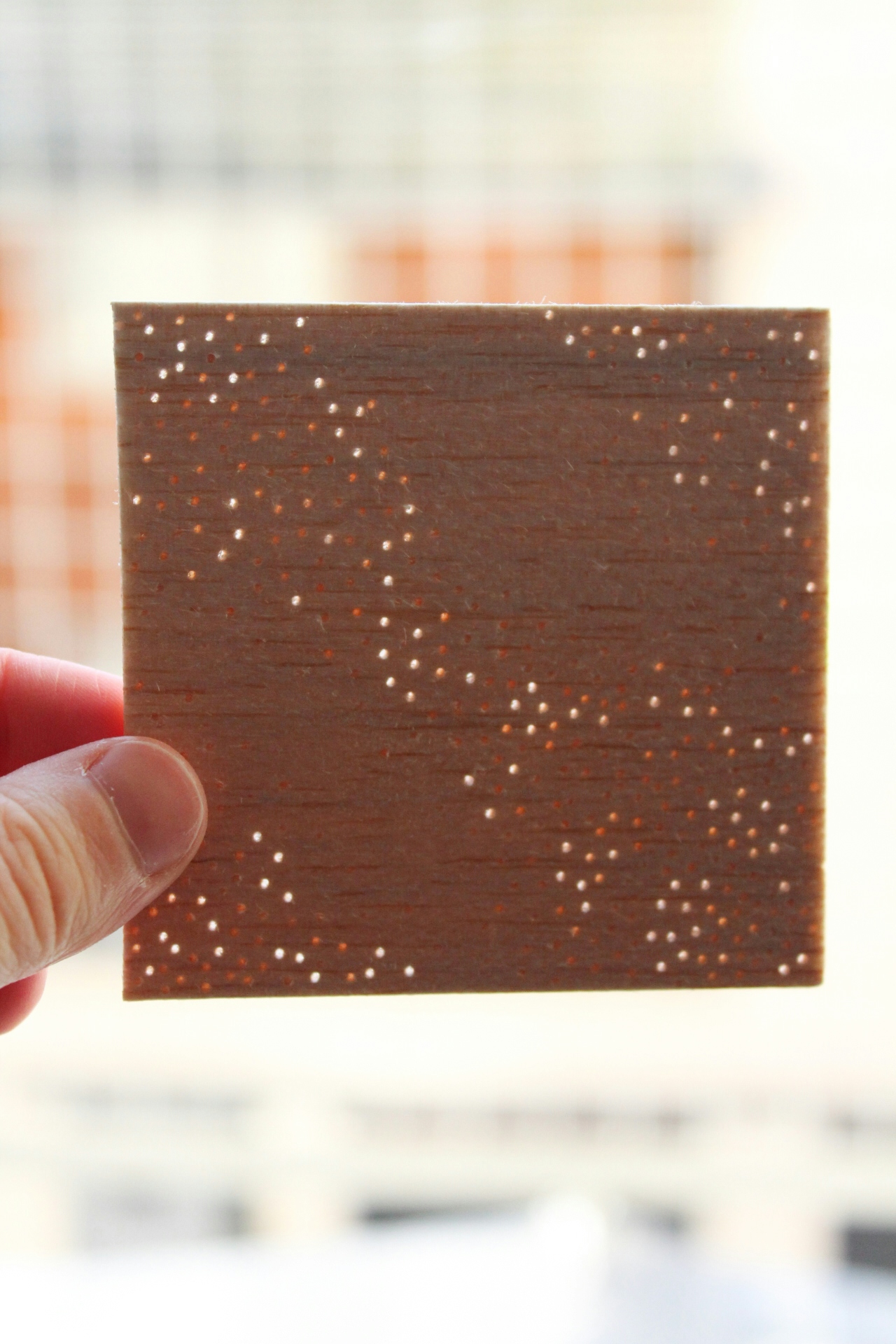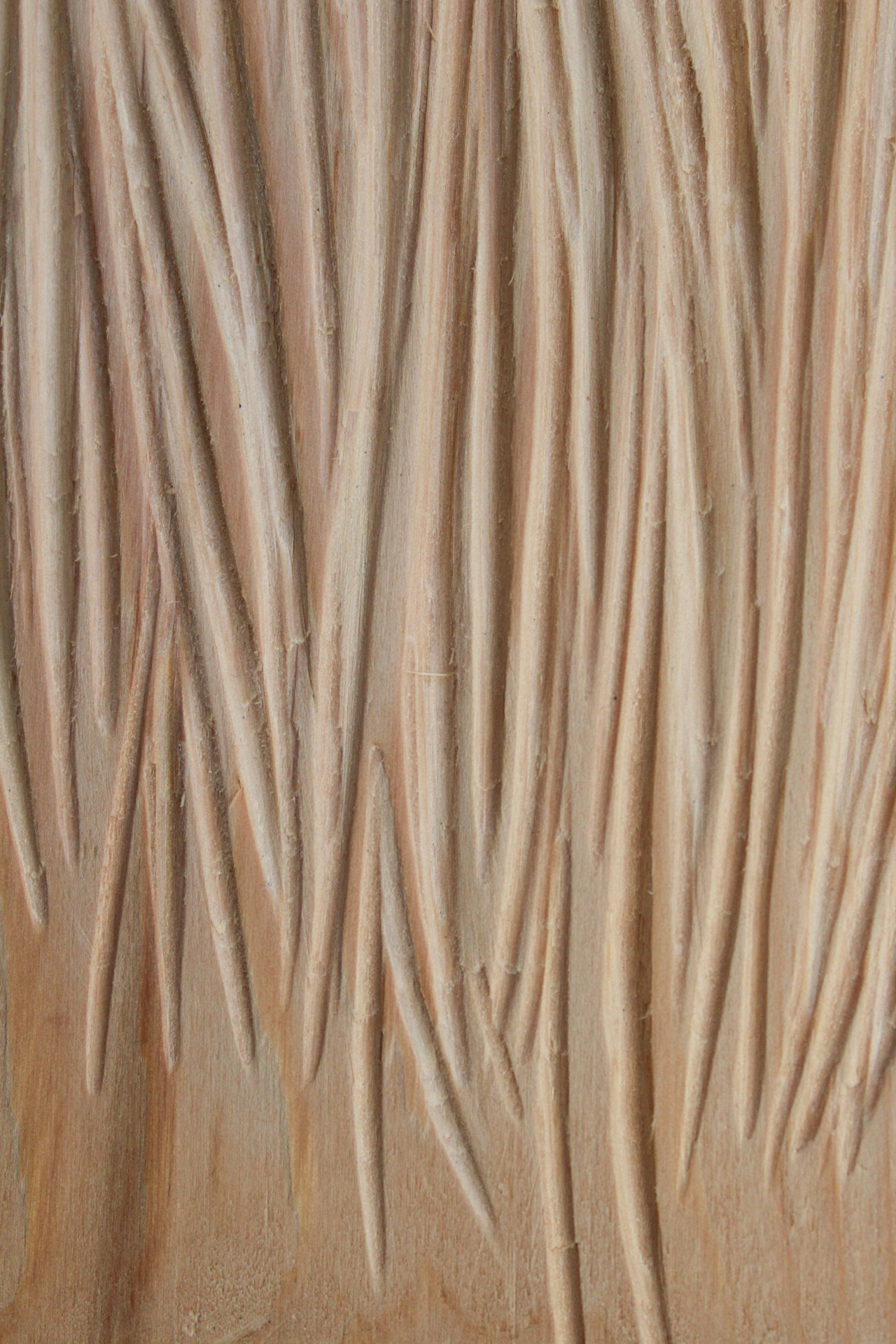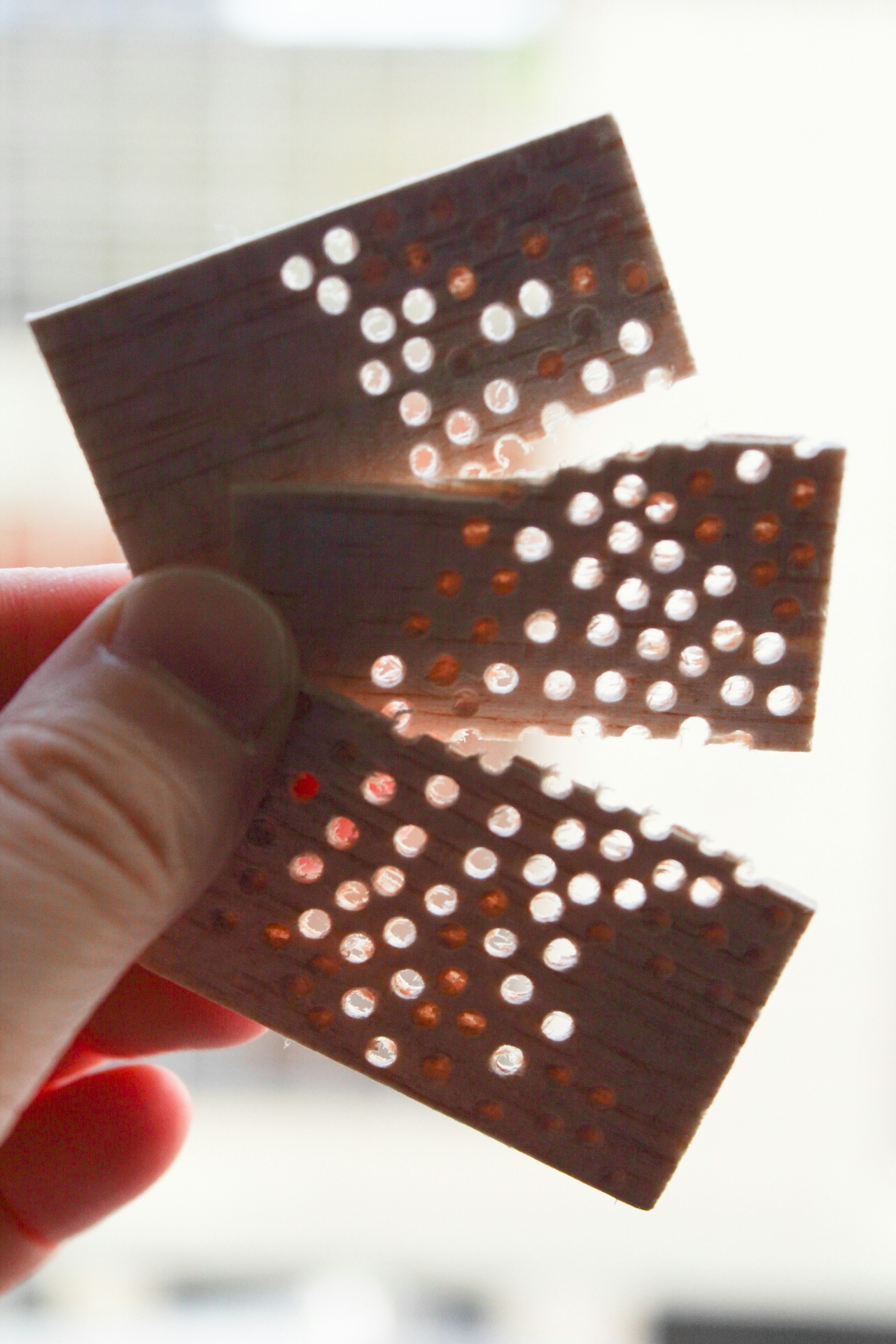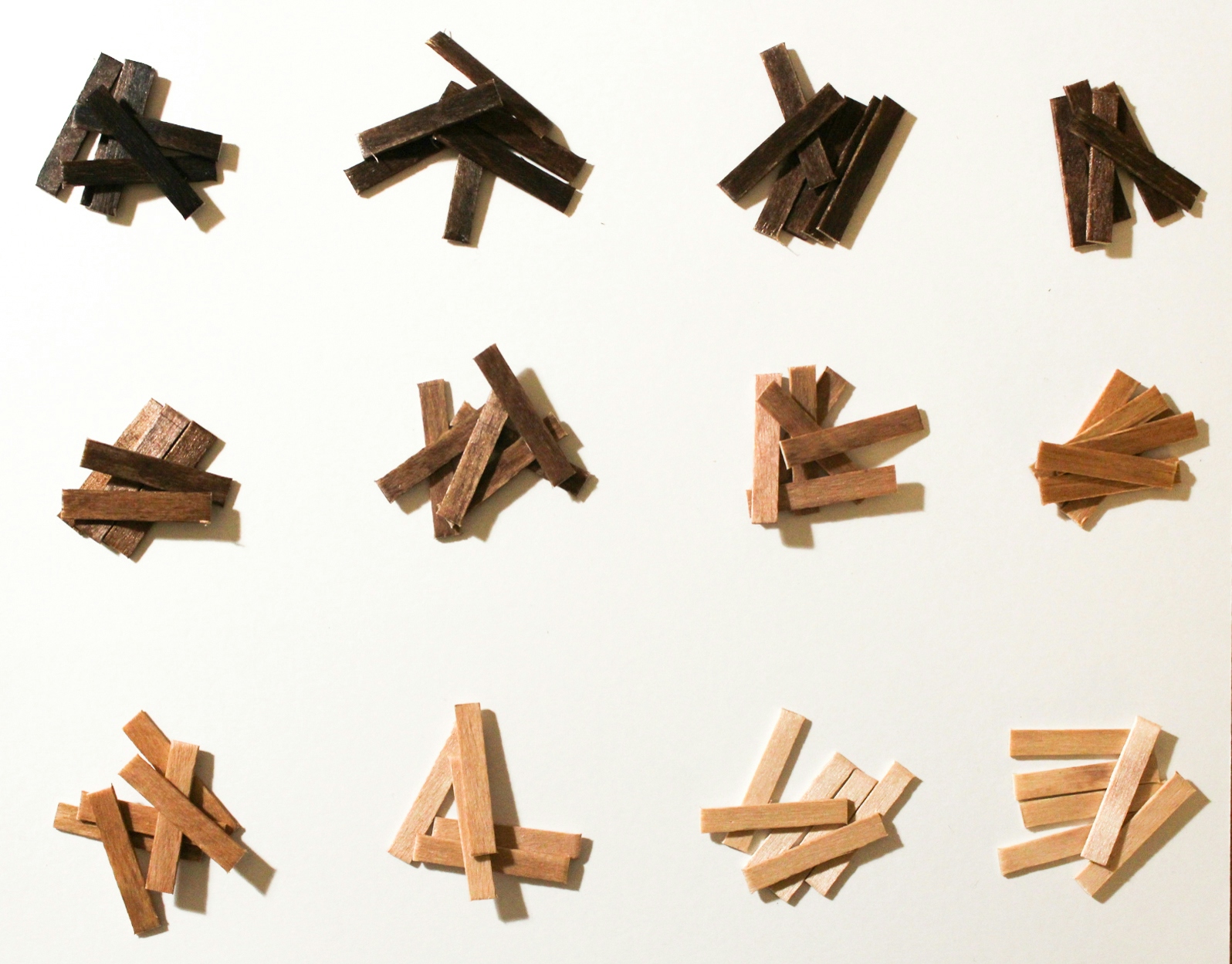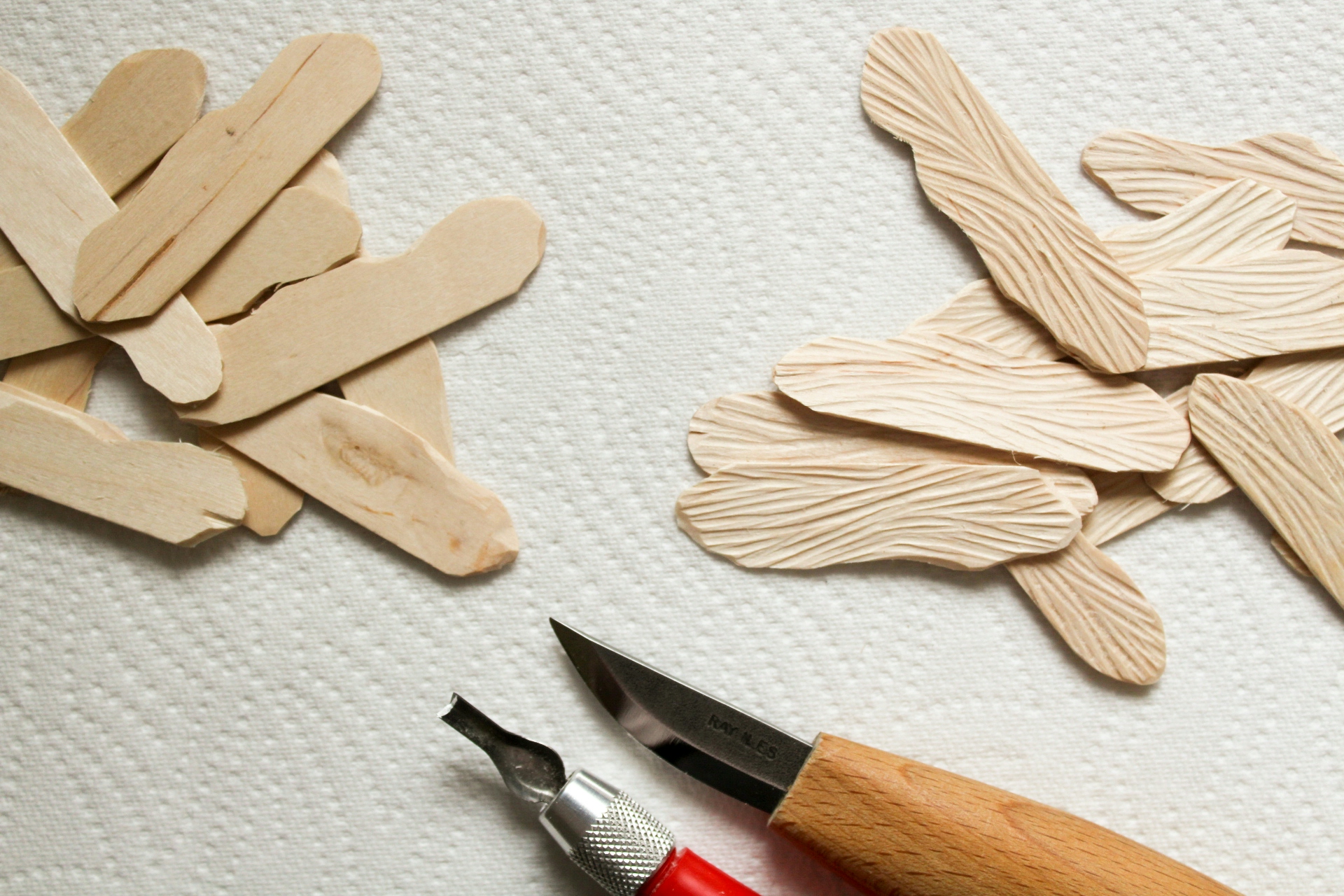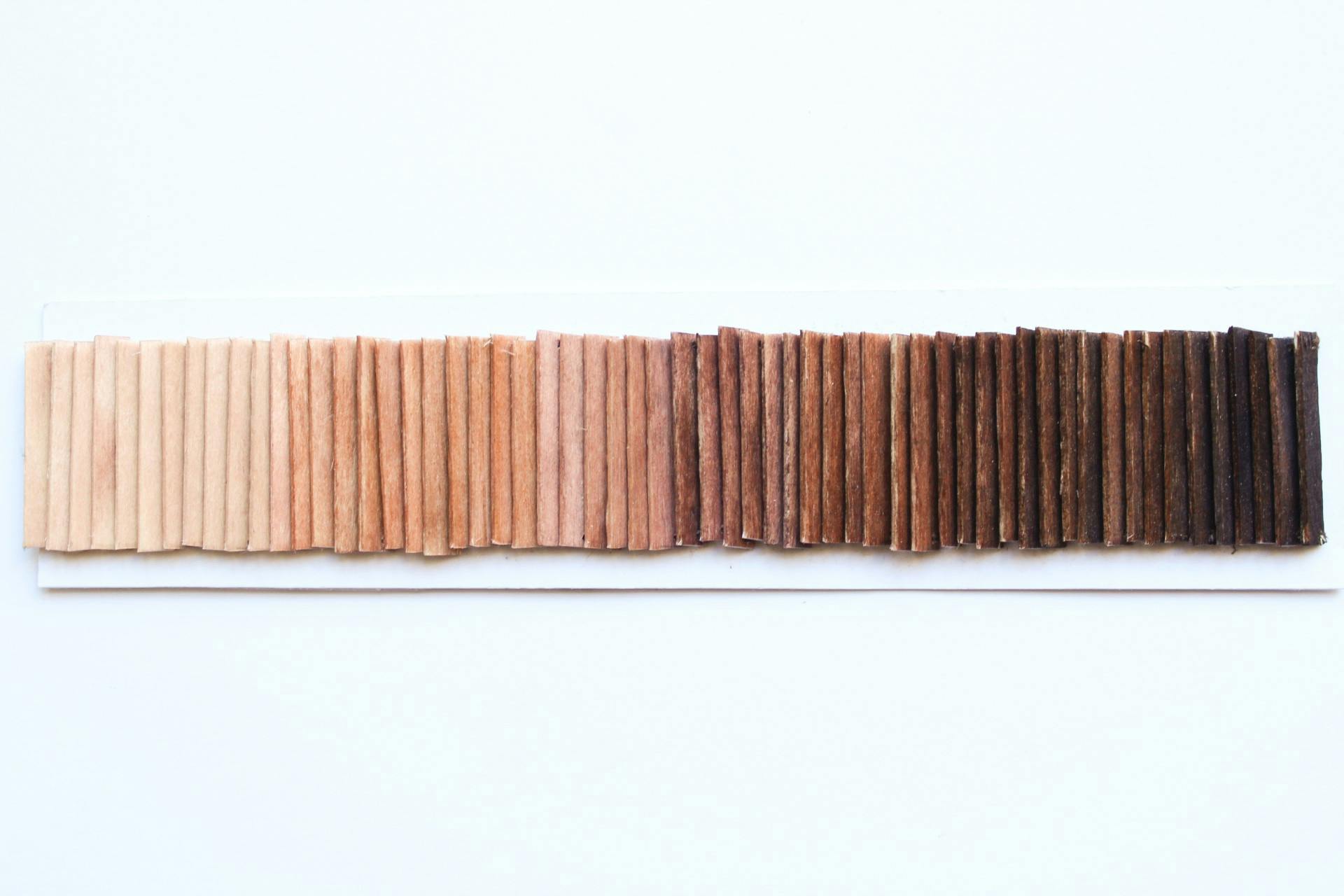
Sensory Panel
2020
For one of my university projects, I was given the opportunity to design a panel for the newly refurbished Sensory Room at the Dundee Science Centre. Embracing the chance to work with a new material, I decided to explore using only wooden elements to create a sensory experience.
Through my research into the psychological and emotional effects of colour, texture, and shape, I developed a design focused on the natural properties and benefits of wood. Inspired by the concept of "forest bathing" and the calming influence of natural environments, I aimed to bring the outdoors indoors through my panel design.
I experimented extensively with different wood carving techniques, textures, and sound elements to stimulate the senses. This included creating moving parts that produced soothing sounds and visual effects when interacted with. My final panel featured a composition of organic, curved shapes and a neutral colour palette to evoke a sense of tranquillity.
Unfortunately, due to the COVID-19 pandemic, the university's involvement in the project could not continue, and my panel design was not ultimately produced. However, the entire process was a valuable learning experience that allowed me to unlock a passion for designing with purpose and a deeper appreciation for the versatility of wood as a material.
